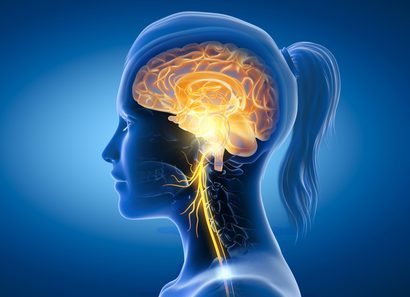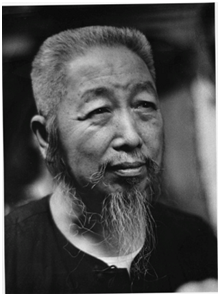Blessings by Br. David Steindl-Rast
“Blessings” by Br. David Steindl-Rast “Bless what there is, for being. Whatever it be, bless it because it exists, you need no other reason. Source of all blessings, you bless us with breath. In and out, in and out, ever-renewing us, ever anew, making us one with all who [...]





